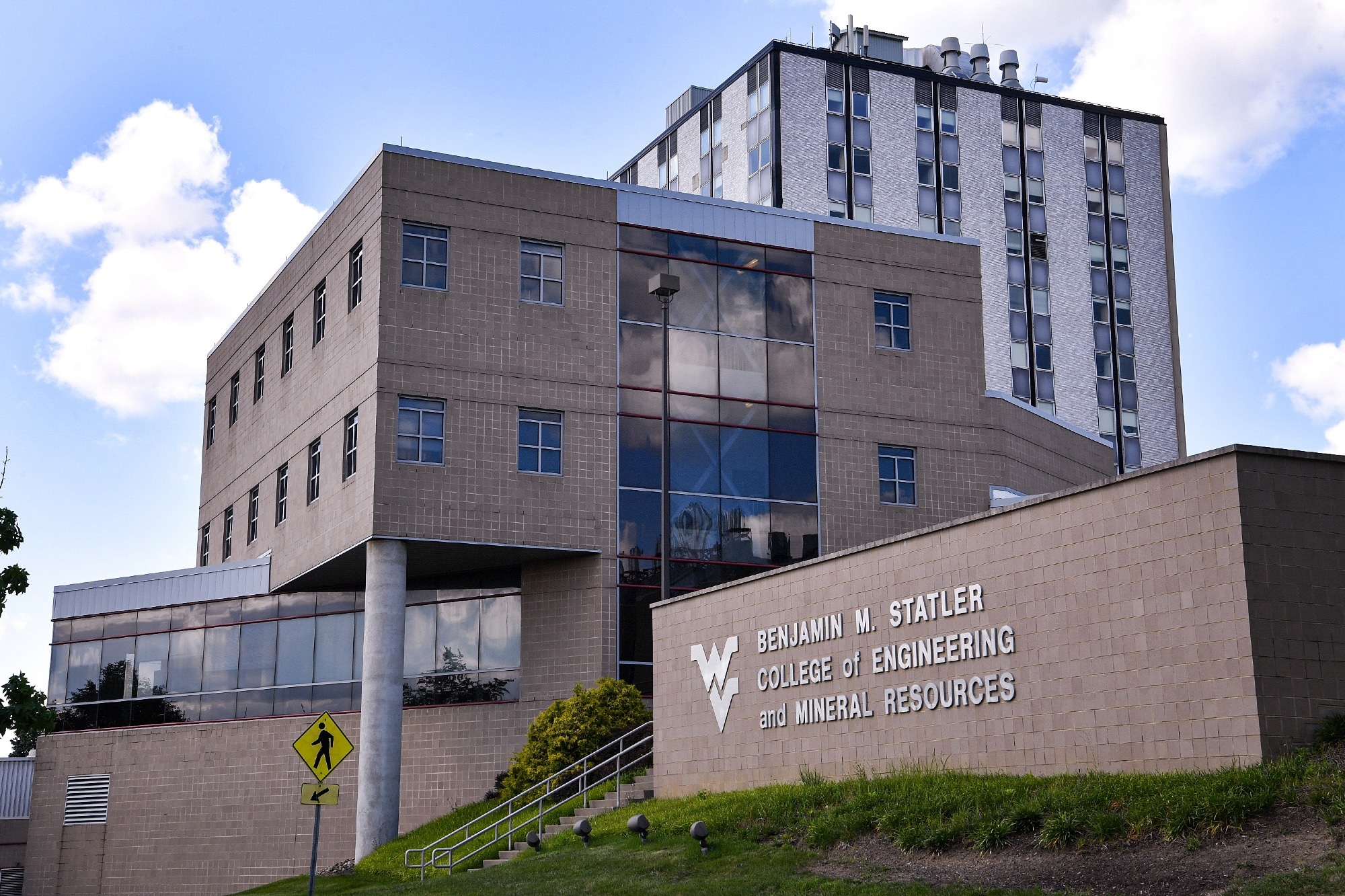Reviewed by Emily Henderson, B.Sc.Nov 10 2022
An engineering group believes in the integrated promise of two paths to carbon-neutral power: biomass and hydrogen. The research group is from the West Virginia University (WVU) Benjamin M. Statler College of Engineering and Mineral Resources.
 Researchers at the WVU Benjamin M. Statler College of Engineering and Mineral Resources are looking at ways to create hydrogen energy from biomass feedstocks, research with funding support from the US Department of Energy. Image Credit: West Virginia University.
Researchers at the WVU Benjamin M. Statler College of Engineering and Mineral Resources are looking at ways to create hydrogen energy from biomass feedstocks, research with funding support from the US Department of Energy. Image Credit: West Virginia University.
GE Plastics Material Engineering Professor Debangsu Bhattacharyya is doing groundbreaking research that creates hydrogen energy from biomass feedstocks with the assistance of approximately $1.5 million from the US Department of Energy.
When scientists and industry leaders discuss fuel sources for a clean energy future, several conversations turn around the potential of gaseous and liquid hydrogen to substitute fossil fuels as the power source for everything right from cars and planes to the electricity that homes and businesses have utilized.
Other conversations concentrate on so-called “biomass:” wood, manure, switchgrass, and other organic materials that isolate carbon dioxide, allowing them to be utilized as fuel to produce energy.
Bhattacharyya, along with collaborators John Hu, chair in engineering for natural gas utilization, and Oishi Sanyal, assistant professor, is using those two pathways to generate green power. They are learning how to make that shift happen efficiently and economically via a process known as gasification.
Bhattacharyya described that gasification occurs when carbonaceous materials like biomass have been subjected to a high temperature in the existence of gasifying agents like carbon dioxide or steam. The process tends to produce gases, like carbon dioxide and hydrogen, that could be isolated and captured.
Bhattacharyya considers the biomass-to-hydrogen path one of tomorrow’s chief technologies for clean hydrogen generation. However, initially, his team should come up with a gasification system that is significantly smaller and highly affordable compared to the present technologies for gasifying biomass.
Bhattacharyya visualizes a gasifier that has the potential to produce ultrapure hydrogen graded for use in fuel cells while the greenhouse gas carbon dioxide has been isolated.
Gasification is not new, but current commercial gasification systems are generally large and capital-intensive, making them commercially less attractive.
Debangsu Bhattacharyya, Professor, GE Plastics Material Engineering, West Virginia University
Bhattacharyya added, “If biomass is going to take off as a feedstock for hydrogen fuel production, gasifiers have to become cheaper and more modular so that they can be installed in distributed locations rather than at a large facility in a central location. Distributed production of hydrogen can also largely alleviate issues with hydrogen transport and storage.”
Economies of scale imply that bigger chemical plants enjoy financial benefits over their smaller counterparts. However, Bhattacharyya uses various innovative methods to guarantee that his designs are affordable.
His team will use a technology known as a “novel multifunctional catalyst,” which can function at lower temperatures compared to present commercial gasification systems while the production has been maximized.
Also, they will look at a highly “intensified” gasifier that accommodates several unit operations in a single unit and produces “ultrapure hydrogen right from the gasifier itself,” stated Bhattacharyya.
Our proposed technology is expected to be highly compact and deployable without much footprint, making it a feasible approach for hydrogen production at the scale of municipal facilities, for example.
Debangsu Bhattacharyya, Professor, GE Plastics Material Engineering, West Virginia University
Bhattacharyya described that scientists would perform experiments and develop mathematical models “in order to understand the hundreds of design and operating variables at stake. With that information, we can improve the process economics of green technology for hydrogen production.”
Addressing global warming is a high priority. We believe this project will play a critical role in generating energy resources that are green, affordable, safe, reliable, and resilient.
Debangsu Bhattacharyya, Professor, GE Plastics Material Engineering, West Virginia University